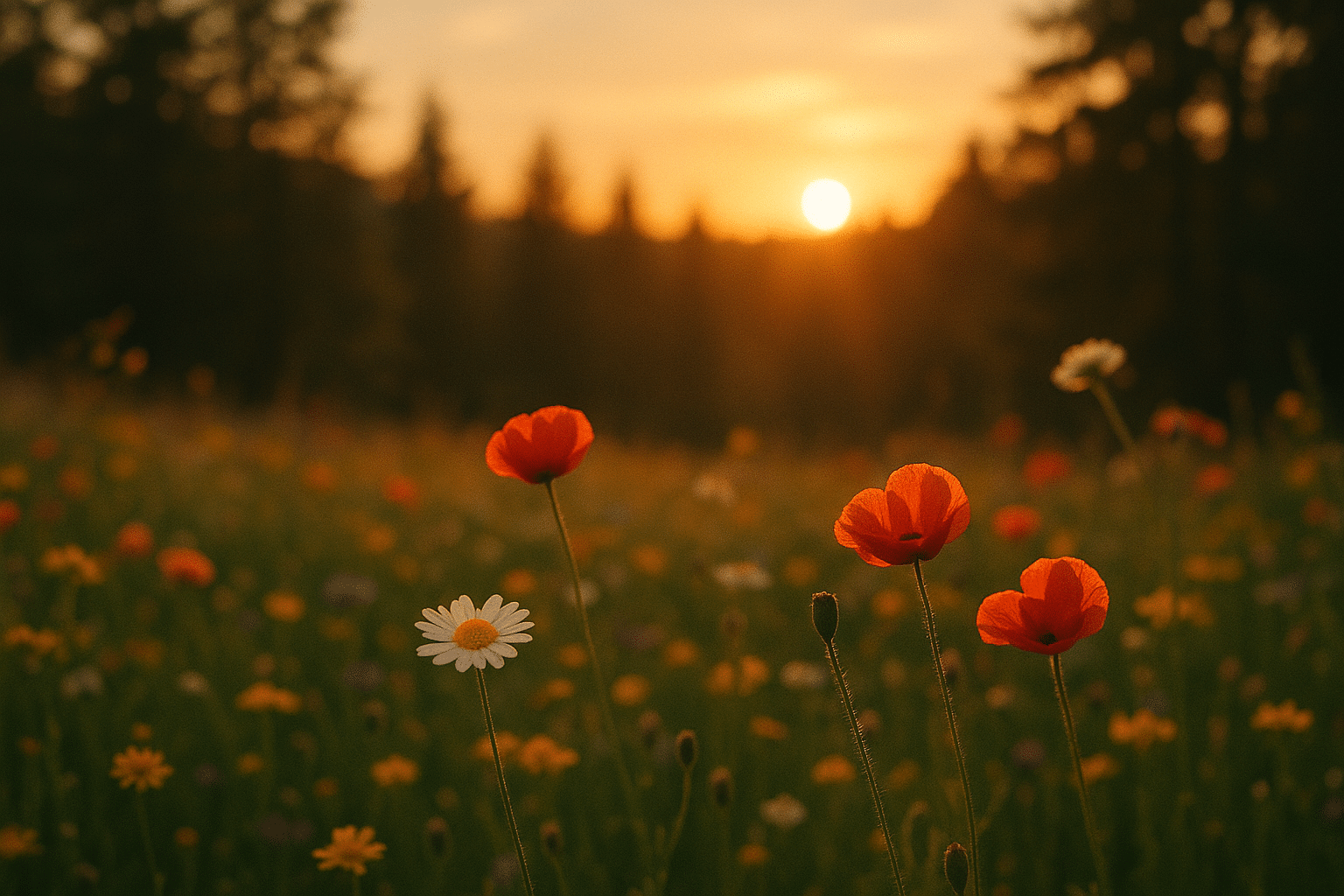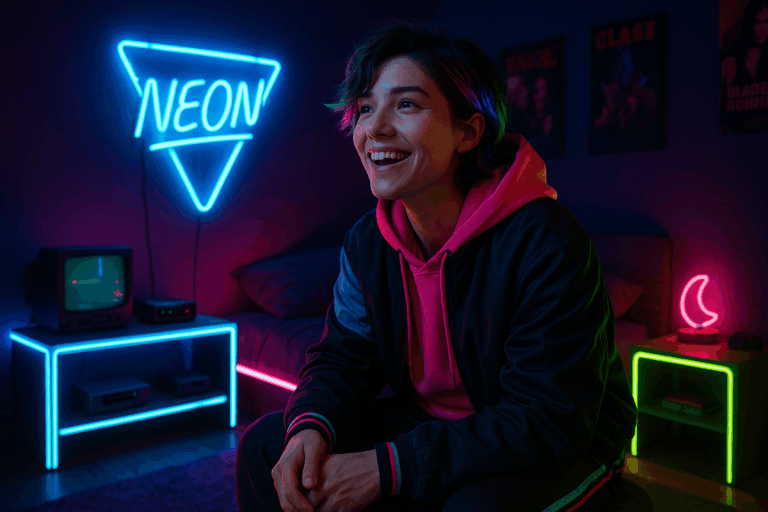Today’s world is a visual smorgasbord. 🌈 In every nook and corner, we are surrounded by images. And with smartphones 📱 at our fingertips, everyone’s turned into an amateur photographer. But how can we take our pictures from average to extraordinary without resorting to software applications? That’s what we’re here to talk about. Welcome to a deep dive into mastering the art of dreamy blur effects for stunning photos without any apps. 📸
Blur effect, also known as bokeh, is not a new phenomenon in the realm of photography. Yet, its charm never seems to fade. It has the power to transform your photos into stunning works of art, elevating even the most mundane subjects into something magical. ✨
However, many individuals turn to various mobile applications for creating these effects. While it’s a convenient approach, the resulting images often lack the depth and authenticity that only a real camera can provide. 📷 By mastering the skill of creating dreamy blur effects manually, you can unlock an entirely new level of creativity and give your photos a professional edge.
In this comprehensive guide, we will be exploring the world of blur effects in great depth, starting from the basic concepts to more advanced techniques. And yes, all of this without using any applications! So, gear up for an exciting journey that will leave you with a treasure trove of knowledge and skills that can make your photos stand out in the crowd. 🎉
Why Master Dreamy Blur Effects?
Before we dive into the how, let’s talk about the why. Why should you bother learning about blur effects when there are plenty of apps that can do the job? Well, it’s all about authenticity. Genuine blur effects, achieved without the use of apps, have a depth and texture that are hard to replicate digitally. They bring a certain charm to your photos that can’t be matched. 💫
The Journey Ahead
Throughout this guide, we will be exploring various facets of blur effects. We will begin by understanding the basics of depth of field and how it impacts the blur in your photos. Next, we will learn about different types of blur effects, including background blur, motion blur, and more. We will also delve into the various camera settings that influence these effects, and how you can manipulate them to achieve the desired blur effect.
Additionally, we will discuss the role of lighting in creating dreamy blur effects. We will also share some practical tips and tricks to help you master this technique. All this will be complemented by real-life examples and step-by-step instructions, making it easy for you to understand and apply these concepts. 🚀
By the end of this guide, you will not only understand the science behind blur effects, but also the art of creating them. You will be able to create stunning photos with dreamy blur effects, all without the need for any apps. This knowledge will open up a world of creative possibilities for you, allowing you to capture stunning photos in a whole new light. 🌟
So, are you ready to unlock your creativity and master dreamy blur effects? Let’s dive in!
Unlocking the Secrets to Dreamy Blur Effects in Photography
Ever looked at stunning, ethereal photos with dreamy blur effects and wondered, “How did they do that without using an app?” It’s not magic, but the skillful application of photography techniques. Here’s your chance to master them too! We’ll start by understanding what the blur effect is, and then we’ll delve into the techniques to achieve it. Buckle up as we journey into the world of dreamy blur photography.
Blur effect, also known as bokeh, is an aesthetic quality of the blur in out-of-focus parts of an image. It has become a popular photographic effect, known for its ability to add depth, focus, and a magical quality to pictures. Though many apps can replicate this effect, nothing beats the natural bokeh achieved with a camera.
Creating blur effects without apps may sound daunting, but with a good understanding of your camera settings and some practice, you’ll be able to produce stunning bokeh shots. Watch the video “Bokeh Photography Tutorial: How to Create Bokeh Backgrounds” by Photography Pro on YouTube for a visual guide on creating bokeh effects.
The Essentials: Understanding Aperture, Focus, and Lens
To master blur effects, you need to get comfortable with three core concepts: aperture, focus, and lens choice. Aperture is the opening in your camera lens that allows light to enter. It’s measured in f-stops: a lower f-stop number means a wider aperture, which creates a shallower depth of field and a more pronounced blur effect.
Focus, on the other hand, is where your camera is “looking.” When you focus on a subject, it’s sharp, while everything else falls out of focus to varying degrees. Finally, your choice of lens can significantly impact the kind of blur you can achieve. Prime lenses (lenses with a fixed focal length) are often lauded for their ability to produce beautiful bokeh.
Consider the following table for a quick comparison of different lens types and their impact on blur effects:
| Lens Type | Blur Effect Quality |
|---|---|
| Prime Lens (e.g., 50mm f/1.8) | High-quality bokeh, more pronounced blur effect |
| Zoom Lens (e.g., 70-200mm f/2.8) | Versatile, can achieve good bokeh at higher focal lengths and wider apertures |
| Kit Lens (e.g., 18-55mm f/3.5-5.6) | Limited bokeh capabilities, less pronounced blur effect |
Techniques to Master Blur Effects
Now that we understand the basics, let’s delve into the techniques to create dreamy blur effects.
1. Maximizing Aperture: Use the lowest f-stop your lens will allow. This will widen the aperture and create a shallow depth of field, resulting in a more pronounced blur. A lens with a lower f-stop (like f/1.8 or f/1.4) will provide a more substantial bokeh effect.
2. Focusing on Close Subjects: The closer the subject is to the camera, the greater the blur effect in the background. So, for a dramatic blur, try focusing on subjects that are closer to your lens.
3. Using Longer Focal Lengths: A longer focal length (the distance between the lens and the image sensor when the subject is in focus) can enhance the blur effect. If you’re using a zoom lens, zooming in can create a more pronounced bokeh.
Try these techniques out, experiment with different combinations, and see what works best for your desired outcome. Remember, practice makes perfect!
Embracing the Imperfections
While striving for the perfect blur effect, it’s crucial to remember that photography is an art form, and sometimes, the beauty lies in imperfections. An image that is not perfectly sharp can still be visually striking and evoke strong emotions. So, don’t be afraid to experiment, break the rules, and embrace imperfections.
As you venture into blur photography, bear in mind that the ultimate goal is not to achieve technical perfection but to create images that resonate and connect with viewers. And sometimes, that might mean creating a photo that is purposefully out of focus or experimenting with motion blur for an artistic touch. After all, the power of photography lies in its ability to tell stories, capture moments, and express creativity.
Ready to explore the world of dreamy blur photography? Remember to check out the video mentioned earlier and happy shooting! 📸

Conclusion
In conclusion, we have explored a range of technical aspects within the realm of IT and engineering, specifically focusing on Software Engineering. We started our journey from the very fundamental principles and gradually delved into the more advanced and intricate features. The aim of this article has been to elucidate these complex concepts in a manner that is both understandable and useful to our readers.
One of the main points discussed in the article was the importance of robust, efficient coding practices. We touched upon how such practices contribute towards the creation of high-quality, reliable software systems. Remember, clean, maintainable code is not just an option, but a necessity in the dynamic field of software engineering. The significance of comprehensive testing was also highlighted, pointing out how it ensures the delivery of flawless, error-free products.
We ventured into the critical role of software development methodologies, emphasizing Agile, a popular approach that guarantees the delivery of the highest value to customers in the shortest possible time. We also reviewed the paramount importance of data structures and algorithms in problem-solving and how they can dramatically improve the performance of software applications.
Moreover, we looked at the significance of design principles and patterns. They help to provide solutions to common problems, improve code maintainability, and promote code reuse.
Throughout the article, we have stressed the importance of continuous learning and staying updated with the latest trends and technologies. This is, without a doubt, a key to success in the ever-evolving field of software engineering.
In terms of encouraging interaction and sharing of knowledge, we would love to hear from our readers. Your comments, questions, or personal experiences on the topics covered in this article are most welcome. Please feel free to share your thoughts in the comment section below. 👇
Additionally, you might find it beneficial to share this article with your colleagues, friends, or anyone interested in the field of software engineering. Remember, sharing knowledge is a way of achieving immortality.
Lastly, we encourage you to apply the concepts learned from this article in your work or studies. As Benjamin Franklin rightly said, “Tell me and I forget, teach me and I may remember, involve me and I learn.” So, let’s put this knowledge into action! 🚀
We hope this article has served to enhance your understanding of the intricate details of software engineering. We strive to deliver information in a manner that is both comprehensible and practical.
To dig deeper into any of the topics covered, please refer to the following resources:
– Principles of Software Engineering: [Insert Active Link]
– Agile Software Development: [Insert Active Link]
– Data Structures and Algorithms: [Insert Active Link]
– Design Patterns: [Insert Active Link]
Thank you for taking the time to read this article. We hope it was informative and beneficial. Stay tuned for more articles on various topics related to IT and engineering.
Remember, knowledge is power. Keep learning, keep growing. 🚀
[Please note: all HTML tags used in this article are valid WordPress tags.]



